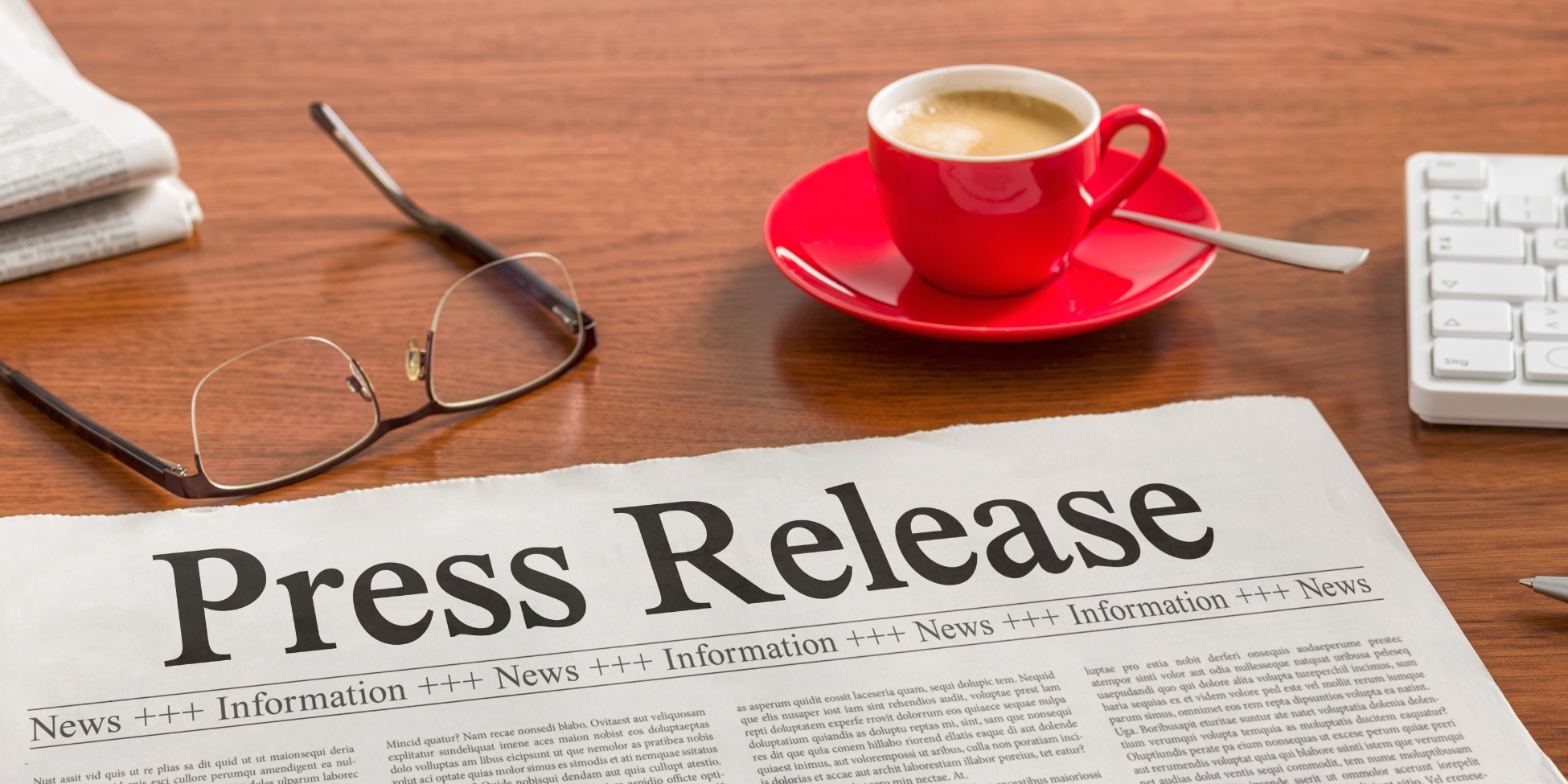
How to Write Press Releases That Get Attention
Expert Tips to Craft Compelling Releases That Stand Out to Journalists
Press releases remain one of the most effective ways for organizations to share important news, launch new products, or announce events. But with journalists receiving countless press releases daily, how do you ensure yours stands out? According to the Public Relations Society of America (PRSA), journalists receive an average of 50 press releases a week, yet only 10% lead to actual media coverage. So, how can you craft press releases that capture attention and lead to results?
In this guide, we’ll examine the elements of writing press releases that get noticed by media outlets.
Understand the Purpose of a Press Release
A press release is a formal way to announce newsworthy information to the media. The goal is to inform, not overtly promote. Whether you’re sharing a new product, upcoming event, or company milestone, it’s essential to have a clear objective for your release. Understanding this purpose will make you more knowledgeable and better equipped to craft a release that catches the attention of journalists and media outlets.
Start with a Strong, Eye-Catching Headline
Your headline is the first impression your press release will make. It needs to be concise, clear, and compelling. Avoid industry jargon or overly promotional language. The goal is to immediately communicate the core message in a way that’s both easy to understand and engaging.
Example of a strong headline
“Local School Launches Innovative New Program for Remote Learning”
A well-written headline will entice the reader to continue to the lead paragraph.
Craft an Engaging Lead Paragraph
The lead paragraph should briefly address the five Ws: Who, What, Where, When, Why.
This paragraph is critical, as it determines whether the journalist will continue reading. The lead paragraph should concisely summarize the announcement, addressing the five Ws: Who, What, Where, When, and Why. It’s important to provide all key information upfront and avoid burying important details deeper in the release. This is your chance to hook the reader with a compelling and informative announcement summary.
Keep It Clear and Concise
Press releases should be short and to the point—ideally one page. Journalists are often pressed for time, so delivering your message quickly is crucial. Use short paragraphs, bullet points, and subheadings to break up the text for easier readability.
Provide Factual and Newsworthy Information
A press release is not an advertisement. The content should be newsworthy, factual, and relevant to the journalist’s audience. Highlight why your announcement matters and how it impacts the public. Consider sharing data, recent events, or trends to make the release more compelling.
For example, if you’re announcing a new program, emphasize how it meets a current need or solves a specific problem. You could also include data on the success of similar programs, recent events that highlight the need for such a program, or trends in the industry that make your program particularly relevant.
Include Quotes for Credibility
Including quotes from stakeholders adds credibility and a personal touch to your press release. Quotes from your CEO, director, or an industry expert provide context and humanize the story. Keep the quotes relevant and meaningful to the primary announcement.
Add Relevant Media & Contact Information
Make it easy for journalists to follow up. Include contact information for someone who can answer questions about the release and provide links to high-quality images or videos that add context to the story. Many journalists prefer having access to media assets, as it saves them time when preparing their articles.
Tailor It to the Right Audience
Not all press releases are relevant to every media outlet. Tailor your press release to outlets and journalists who focus on your industry or audience. Personalize your pitch when sending the release to show you’ve researched the publication and how your story fits.
Include a Clear Call-to-Action (CTA)
A press release should have a clear call to action (CTA). Whether the reader visits your website, signs up for an event, or contacts you for more information, the CTA guides them to the next step. Be sure to make it easy and clear for them to take the next step.
Follow Up, but Don’t Overdo It
Following up after sending your press release can help keep it at the forefront of journalists’ minds. However, it’s important to strike a balance between persistence and professionalism. Send a polite follow-up email a few days after sending the release, but avoid bombarding them with multiple emails or phone calls.
A well-crafted press release can make the difference between getting media coverage and getting lost in a crowded inbox. By writing a clear, concise, and newsworthy release, you’re more likely to capture the attention of journalists and boost your brand’s visibility. Remember, quality over quantity is essential—focus on sharing genuinely newsworthy and relevant information with your audience.
According to Cision’s research, press releases that are well-crafted and targeted to the right media can increase the likelihood of coverage by up to 50%.
Evergreen Communications can assist if you’re seeking professional help crafting press releases that get noticed. We specialize in PR and media relations for educators, nonprofits, and small businesses, helping you share your story effectively. Email us at hello@evergreencomms.org to learn more about our PR services.
